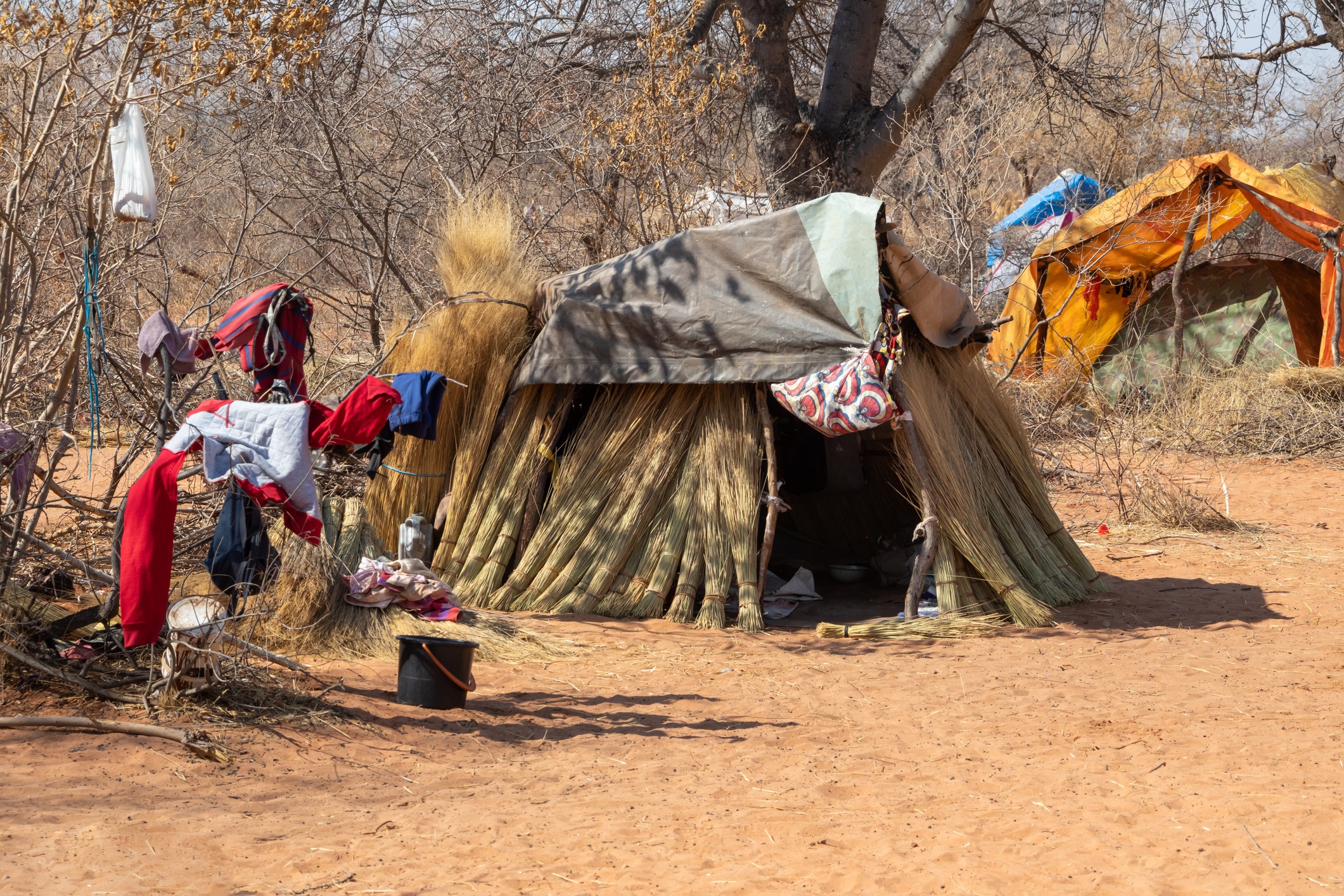Refugees do impact the environment of hosting areas in Africa, not through land clearance and resource extraction but by expanding agriculture.
One of the reasons the enforcement of the recently adopted Global Compact on Refugees may prove to be a challenge is the concern some countries have about the economic and environmental consequences of hosting refugees. On 15 October 2019, Filippo Grandi, the current High Commissioner for Refugees warned against the ecological footprint of refugees by stating that “Climate factors drive people out of their homes but large-scale refugee movements — whether or not climate-induced — have themselves in turn an environmental impact”. That quote illustrates the belief that refugees, and in particular refugee camps, deteriorate the environment in rural areas, due to land clearance and/or extractive activities. Refugees are often blamed for extracting forest resources for cooking, heating or housing purposes.
The ecological footprint of refugees: A non-trivial question
Although this perception has been documented in a few case studies, very little has been done to quantify the systematic nature of the ecological footprint of refugees. A few quantitative studies assess the vegetative cover in specific countries or regions like Darfur, Sierra Leone, or the Sahel, but found mixed evidence. In a recent paper (Maystadt et al. 2020) forthcoming in Environmental Research Letters, we argue that it is not necessarily surprising. The likely direct effects on the environment might be compensated by economic effects. In particular, we know that a local cheap labour force can often contain high numbers of refugees and refugee inflows induce stronger demand for agricultural products, incentivizing farmers to expand agricultural production (see review by Maystadt et al. 2019 in Annual Review of Resource Economics).
We decided to analyse data on the location of refugee camps, together with the annual variation in their size, across Africa between 2000 and 2016. We then related the location and annual population of these camps with satellite-based indicators including not only standard indices of vegetation cover, but also more direct measures of deforestation, land use, agricultural productivity, and vegetation burning, as well as modelled population changes. An instrumental variable approach was used to deal with the selection of refugees in areas potentially affected by environmental degradation.
Beyond standard indicators of vegetation conditions
Using one of the standard indicators of vegetation conditions, the so-called Enhanced Vegetation Index, we do not find evidence of environmental degradation. On the contrary, we precisely estimate a positive effect of the presence of refugees on vegetation, although the magnitude is close to zero. However, our results also indicate that this standard metrics of vegetation condition is not particularly useful to understand the drivers of environmental changes in refugee-hosting areas. When using the so-called Hansen dataset of annual tree cover loss, more specifically designed to capture deforestation by satellite, we do find that a 10% increase in the presence of refugees translates into a 16% fall in tree cover.
Refugee-induced deforestation is not driven by land clearance and massive biomass extraction but by agricultural expansion in refugee-hosting areas
By assessing the impact of the refugee presence using other satellite-based indicators such as Burn Area Index (likely to capture vegetation and charcoal burning); Net Primary Productivity (measuring vegetative biomass accumulation); dominant land cover (capturing the main land cover); and population and built-up area change (aimed at capturing possible location change among the hosting population), we can shed light on some of the drivers of deforestation in refugee-hosting areas.
Our results indicate that such refugee-induced deforestation is not driven by vegetation burning or the abandonment of land by the hosting population, but seems to be associated with a conversion from forest-dominant to crop-dominant land. According to our analysis, a 10 percent increase in the number of refugees translates into a 14 percent rise in the likelihood to convert from forest-dominant to crop-dominant land. We even find some evidence for an increase in agricultural productivity in refugee-hosting areas.
Better understanding agricultural changes in refugee-hosting areas
We believe our results constitute a first step in better understanding environmental changes in refugee-hosting areas. Overall, there is no systematic evidence that refugees exacerbate deforestation due to their engagement in resource extraction. Our results are more in line with farmers responding to incentives to expand agricultural production. Farmers seem to intensify crop production, even if at the cost of forest conservation.
Of course the interpretation of our satellite-based results would deserve further investigation, observing directly changes in agricultural practices at the household or plot levels. However, our results suggest refugees can be a boost for agriculture in hosting economies, though these could be complimented by more programmes targeting conservation in areas surrounding camps. A better understanding of changes in agricultural practices in refugee-hosting areas and the potential of both employment programmes and conservation in areas surrounding camps could help the objective of the Global Compact on Refugees to ease pressures on host communities.
About the author: Jean-Francois Maystadt is an Associate Professor at the Institute of Development Policy (IOB, Antwerp) and Lancaster University. He presented his work, joint with Valerie Mueller, Jamon Van Den Hoek, and Stijn van Weezel on the impact of refugees on the environment of hosting economies on 27 February 2020 as part of the COMPAS Seminar Series: Refugees and Host Communities: perspectives, evidence and thinking.
Watch this short video about his work:
